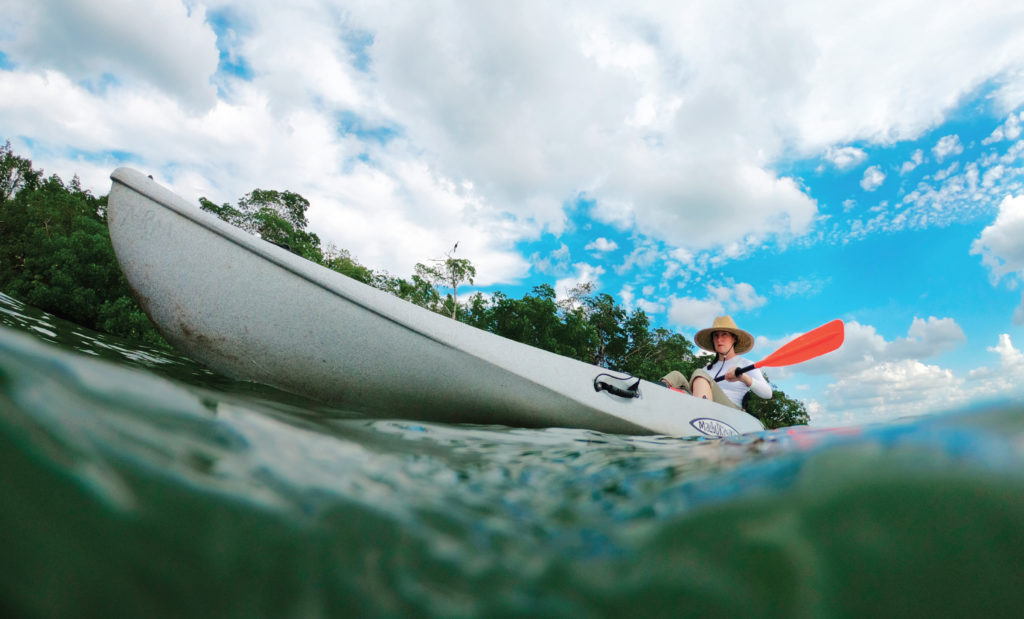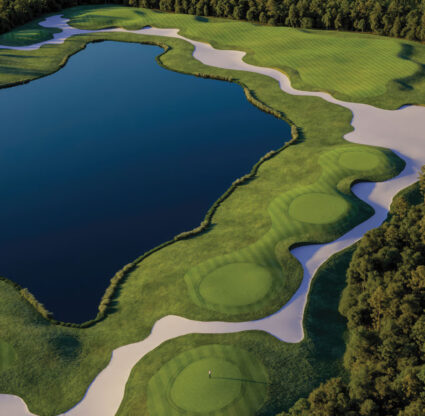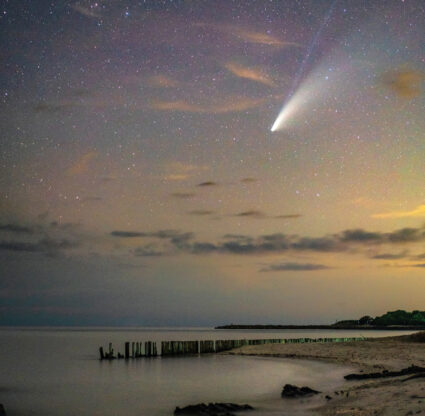Florida’s wild places are my own personal paradise with their greenery and wildlife, their sounds and silences, their open spaces and closed-in pathways. I’d happily spend the day in any habitat—dry uplands, freshwater swamps, marine estuaries—but when someone wants to go kayaking, I’m especially delighted. A day on the water is like time spent in Florida’s original state. In our winding rivers and wide-open bays, it’s possible to imagine that the last 100 years never existed. Being on a kayak comes with a particular quietness and peace, a chance to connect with both the surrounding landscape and my own internal terrain, so that when I have the paddle in my hands I’m more present to the workings of my mind, body, heart and soul.
Which is why when my friend Darron suggested we spend an afternoon kayaking, I was quick to seize the opportunity. He listened thoughtfully as I listed my top local spots to paddle.
“There’s the Estero River,” I said, “and the Myakka. We could go out to Cayo Costa or down to the Ten Thousand Islands. Of course, there’s always Mound Key.”
“Mound Key?” he asked.
“The state park in Estero Bay,” I said. “It’s beautiful. Gumbo limbo trees, banana spiders, midden mounds. I’ve been once by kayak, and I’m pretty sure I could get us back there again.”
“Pretty sure?”
I nodded confidently. But I wasn’t really sure.
Darron and I set out just before 2 p.m. from the boat ramp at Lovers Key State Park. As we slid our rented kayaks into the green waters of Estero Bay, Darron said casually, “These boats have to be back by 5.”
I had a twinge of worry. The man behind the kayak desk had assured us that Mound Key is an easy 45-minute paddle from the boat ramp. Even if we were slow—which I can be; I like to take my time—we could estimate an hour there and an hour back. That would still give us an hour to explore the island, I reassured myself.
The water was cool and choppy as we pushed away from shore, and thick white clouds dotted the sunny sky. Darron shaded his eyes as he looked out over the bay.
“Mound Key is…?”
“That direction,” I said, pointing north.
Indistinguishable green mangrove islands crisscrossed the bay.
“Can you be more specific?” Darron asked.
I shook my head. “We have to get to the other side of Davis Key first.”
We set off toward Davis Key, paddling hard against the wind. We’d called the kayak stand that morning to check on weather conditions and they’d assured us of calm seas and light breezes, but over the course of the day the wind had picked up so that by the time we were in the water we had to strain against the waves. We rowed and we rowed until finally we reached Davis Key. Nosing into the mangroves, we sat catching our breath as a black anhinga ducked off a low branch and into the water. A snowy egret high-stepped deeper into the island. We were on the leeward side of the key, and up close to the mangroves the wind had lessoned. I checked the time on my phone. 2:30. We’d already paddled for half an hour, and we were only a third of the way there.
“How’s it looking?” Darron called over to me as I inspected the map. “Are we headed in the right direction?”
“Once we get around Davis Key,” I said, “it’s a straight shot across the bay to Mound Key.”
Darron nodded, but he looked doubtful. “I wish we’d brought a compass.”
We followed the edge of Davis Key until we reached the open waters of Estero Bay. Then it was back into the wind, fighting the tide and the current with every pull. I tried to think of it as a meditation, a moving meditation, while my back muscles ached. If we were headed in the right direction, if I’d gotten my bearings correct and not pointed us off course, then we’d be coming up on Monkey Joe Key to our right. It should have been easy to tell, but it wasn’t. On the map there were just a few small islands scattered across the bay, but on the bay itself the mangrove islands blended with the mangrove shoreline and it was impossible to separate them.
We paddled hard to the north until we came up alongside the mangrove island. I pulled out my phone and looked at the map. A solid blue dot put us firmly next to Monkey Joe Key.
“This is Monkey Joe Key,” I called to Darron. “Then that must be Mound Key.”
I pointed straight in front of us. Darron looked toward Mound Key and checked his watch. It was 3 p.m.
“We need to turn around at 4,” he said.
“We can do it,” I said with more confidence than I felt.
The wind blew harder, and the green water peaked in white caps. We paddled fiercely, our backs and arms on fire. The sky had been intermittently cloudy and sunny all afternoon, and as we neared Mound Key sunlight shone down on the island. I could make out the place on the key where kayaks pull in, a spot I’d reached once before. There is a giant gumbo limbo tree there, and I could see it from the water, its red bark shining gold in the sun. We were so close. So very close. It was 3:45 p.m.
I looked over at Darron, but he shook his head. The key was still a hard 30 minutes of paddling in front of us, at least. We’d never make it to the island and get the kayaks back on time.
“We’ll have to turn back,” he said with the same weariness I felt.
He maneuvered his kayak around so that the nose pointed south and with a steady and deliberate paddle he set off back toward Lovers Key. But I stopped paddling. I set the oars across my lap and titled my head back so that my face caught the sun. I let it all wash over me—the sound of the water, the bird calls, the rush of air past my ears. Waves lapped against the bottom of the boat, and the sun reflected against the water in a golden V. The light was hot on my face. A cormorant sitting on a green channel marker scratched his neck with one webbed foot, then preened his tail feathers. An osprey called nearby.
Mound Key seemed suddenly beside the point. It was all spectacular. My back would be sore for days and I had the beginnings of blisters on the palms of my hands, but time on the water was worth it. Darron was a speck in the distance as I picked up my paddle, dipped the oars in and pulled hard across the bay.





